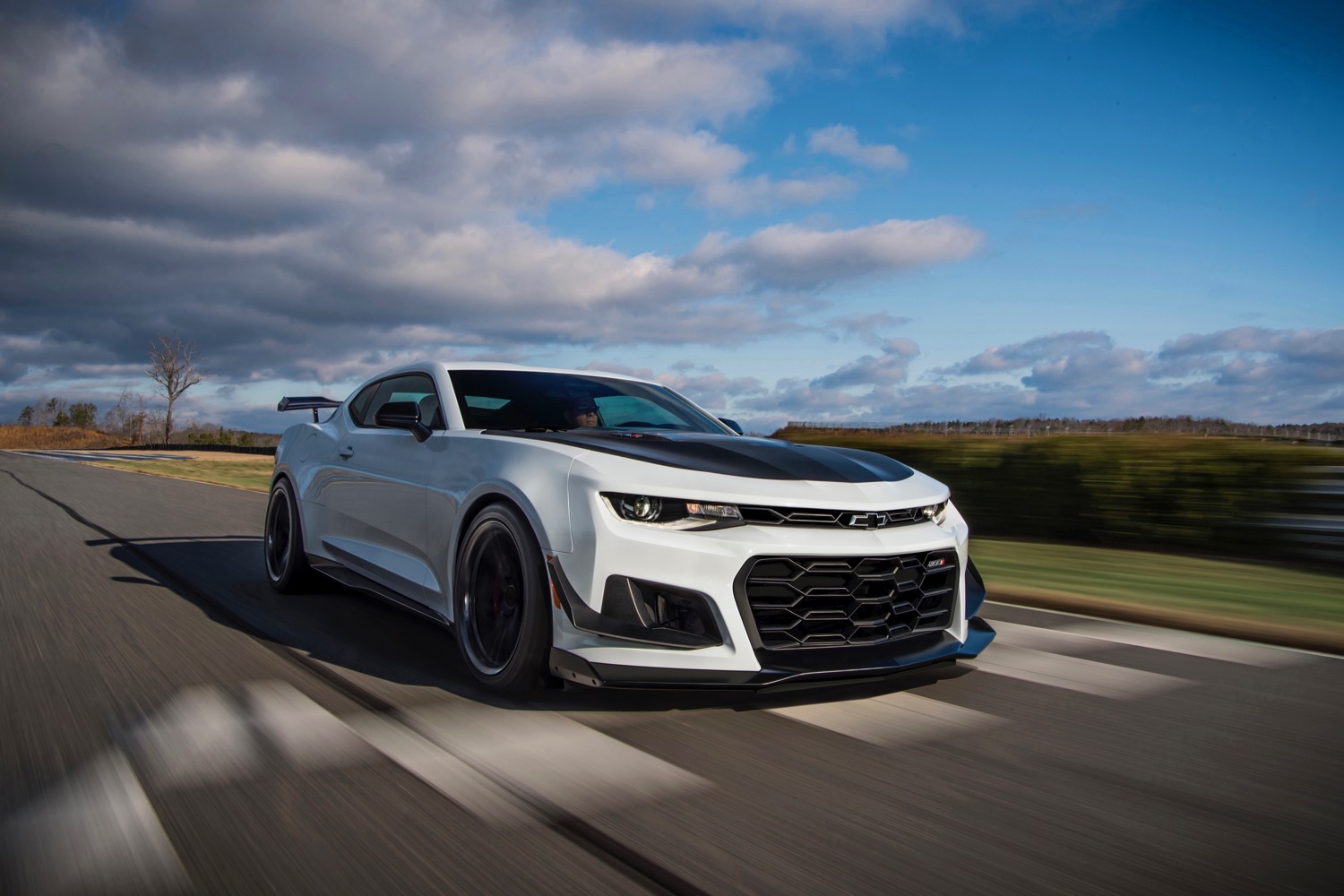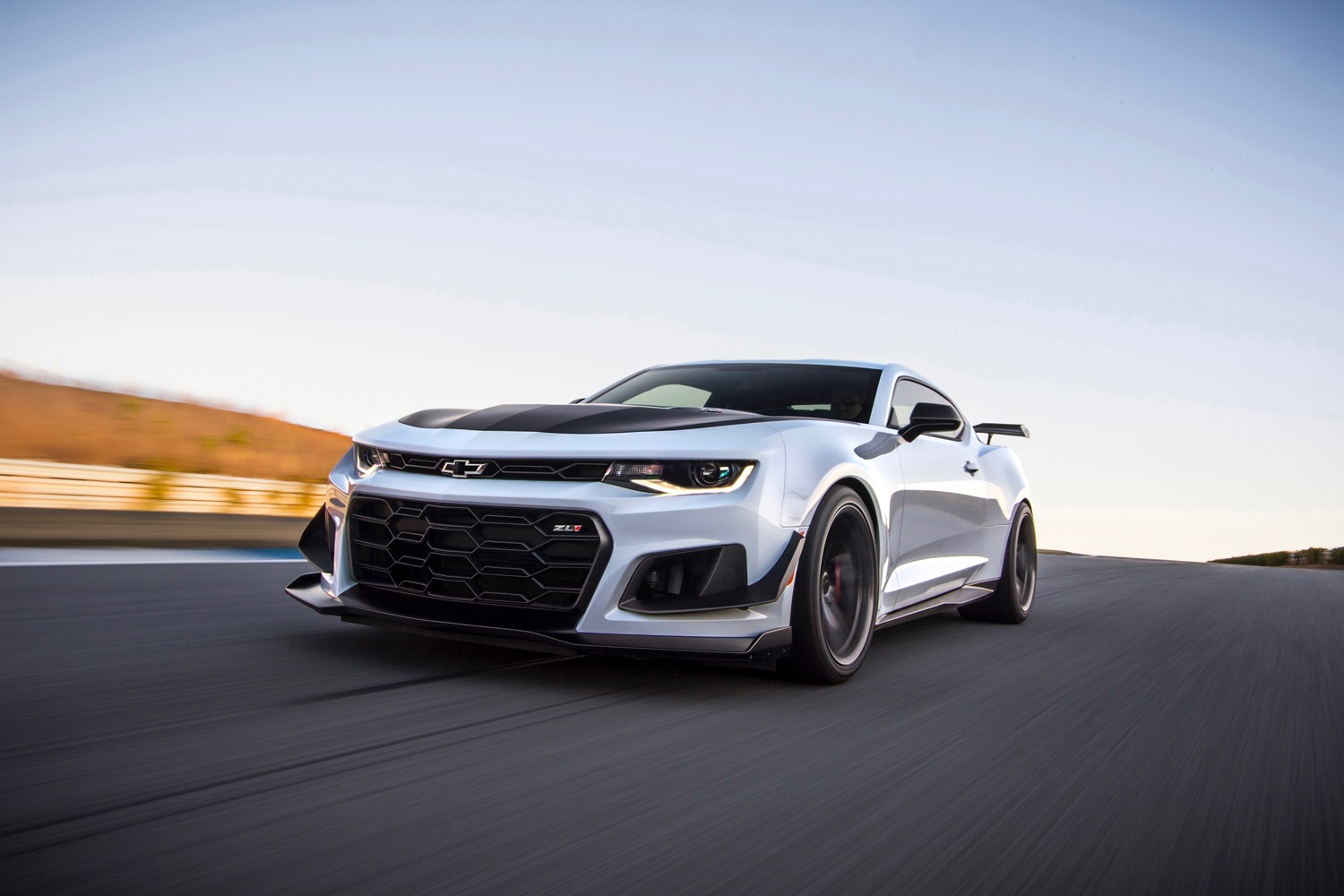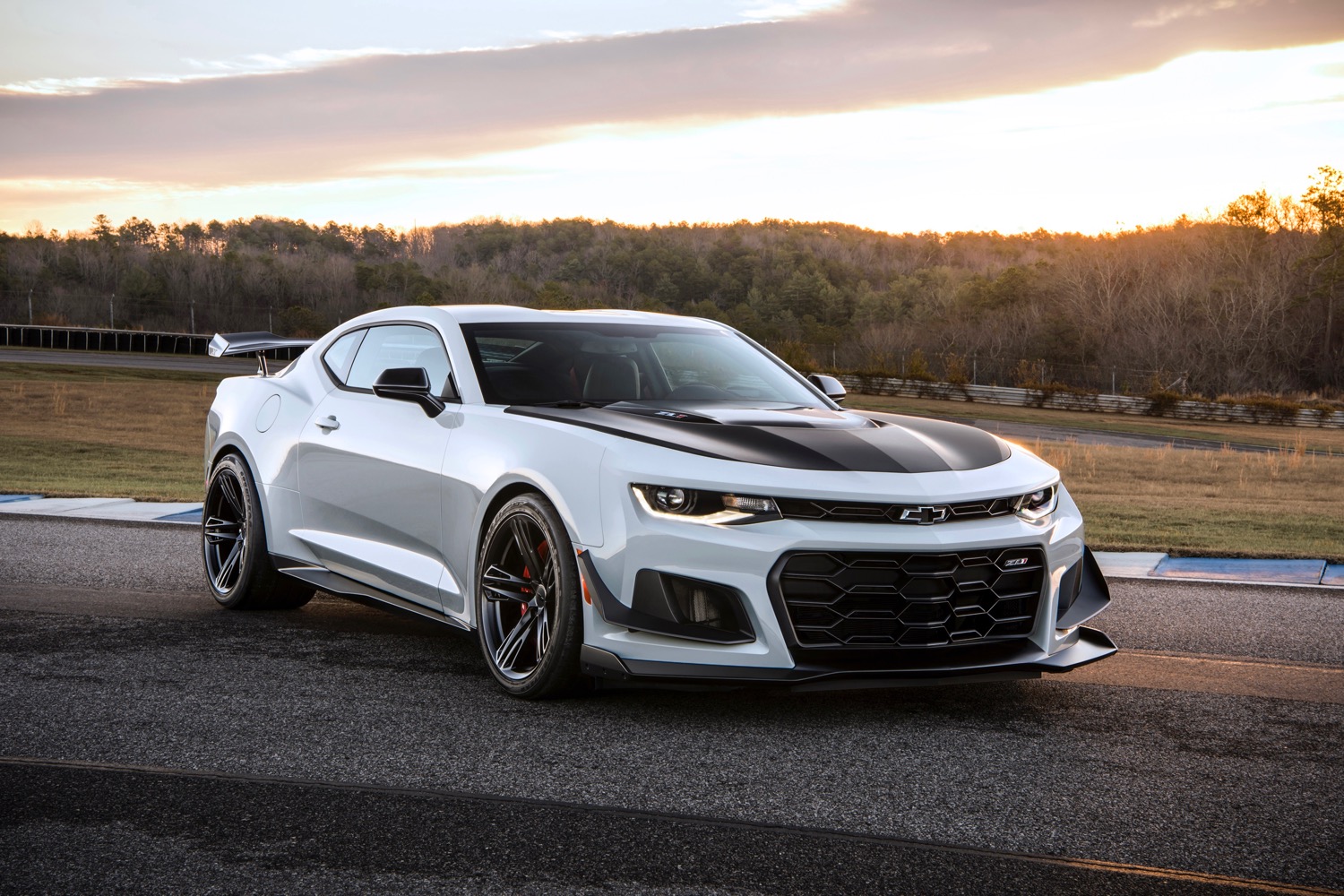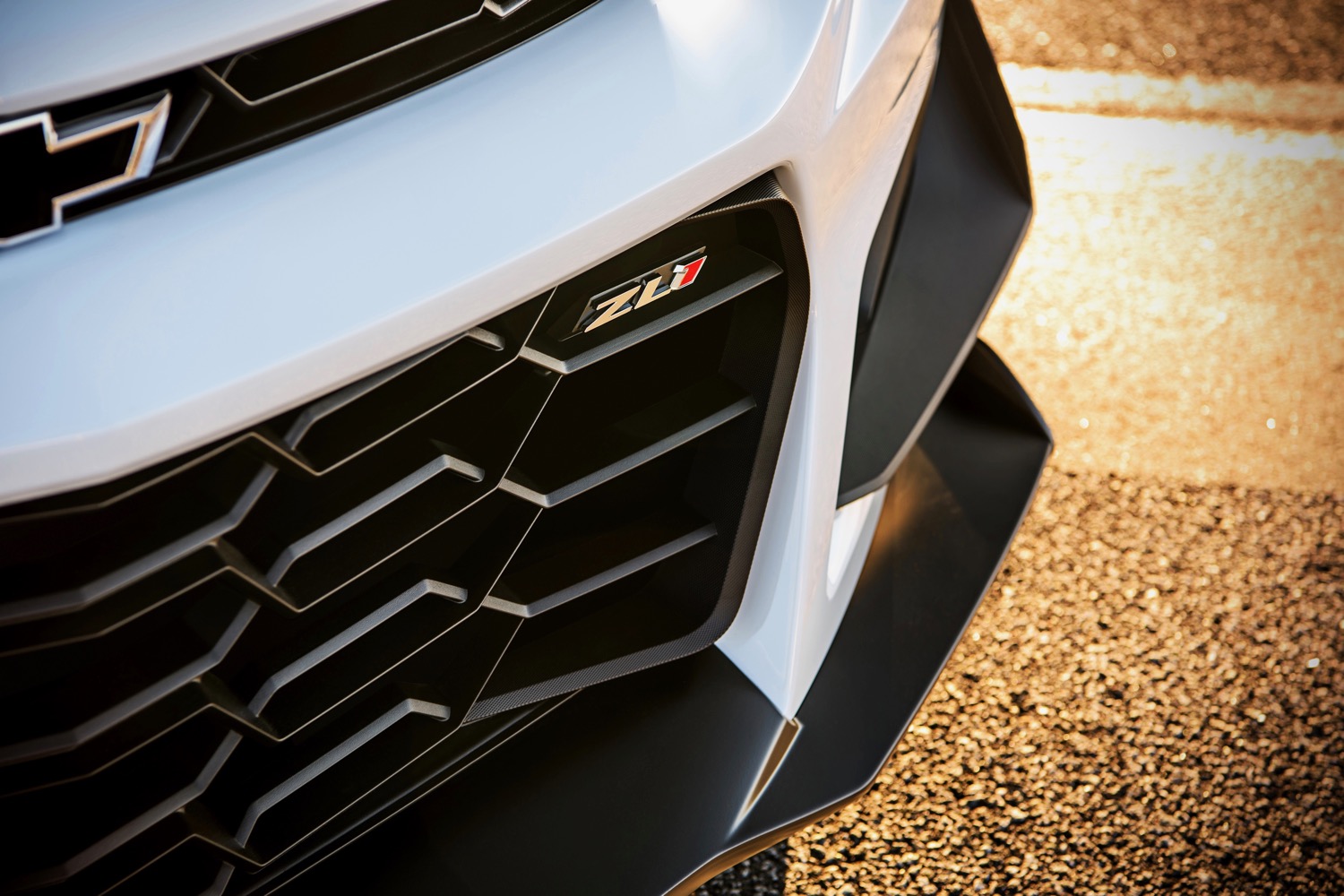Well, this is is awkward.
Car enthusiasts prefer manual transmissions, and the 2019 Chevrolet Camaro ZL1 1LE is the most enthusiast-oriented version of Chevy’s muscle car. But Chevy claims the ZL1 1LE will actually lap a racetrack faster with the new 10-speed automatic transmission available in late February.
The automatic-transmission ZL1 1LE is half a second faster than the six-speed manual version around General Motors’ 2.9-mile Milford Road Course, according to Chevy. Part of GM’s sprawling Michigan proving grounds, the course is where engineers test the handling of all GM performance cars. On a longer track, such as the 12.9-mile Nürburgring in Germany, the automatic will shave “several seconds” off a lap time, Chevy claims.
The transmission itself is the same one already introduced in the Camaro SS for the 2019 model year. The gearbox was co-developed by GM and Ford, and is also available in certain versions of the Camaro’s arch-rival, the Ford Mustang. Chevy claims the automatic transmission will shift faster than the six-speed manual also offered in the ZL1 1LE, hence the reduction in lap times. It also reduces the workload for drivers, an important consideration given the level of concentration required for the average person to lap a racetrack at high speeds.
The ZL1 1LE is the ultimate Camaro. It’s based on the ZL1, meaning it gets a 6.2-liter supercharged V8 producing 650 horsepower and 650 pound-feet of torque. On top of that, it gets the 1LE treatment, which is Chevy speak for a package of chassis upgrades designed to improve handling. Notable features include a massive rear wing and race car-like dive planes to increase downforce, Multimatic DSSV dampers, Goodyear Eagle F1 Supercar 3R tires, and a 50-pound weight reduction compared to the standard ZL1.
For 2019, Chevy recalibrated the dampers, traction control system, and electronic limited-slip differential to account for the behavior of the automatic transmission. Chevy also added a transmission oil pan and an additional cooling duct for the steering gear to keep temperatures in check during track sessions.
The 2019 Chevrolet Camaro ZL1 1LE starts at $70,495, representing a $7,500 premium over the standard ZL1. The automatic transmission is a $1,595 option, and will be available in late February.






